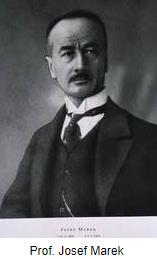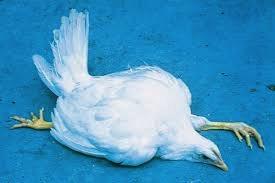 A recent article in Science* identified the mutations that have occurred in Marek’s disease virus leading to increased virulence. The study applied paleogenomics, allowing investigators to sequence the MDV genomes from archaeologic specimens of chickens with a comparison to more recent viral isolates from clinical cases.
A recent article in Science* identified the mutations that have occurred in Marek’s disease virus leading to increased virulence. The study applied paleogenomics, allowing investigators to sequence the MDV genomes from archaeologic specimens of chickens with a comparison to more recent viral isolates from clinical cases.
It was determined that Marek’s disease virus has circulated in Eurasia for at least a thousand years. Archaic viruses and those dating to the turn of the 20th century were essentially mild in their pathogenicity and did not cause tumors according to the original descriptions by Professor Josef Marek in1907.

Increased virulence is associated with changes in the Meq gene as a result of point mutations that most probably occurred during the early 1920s. It was also determined that Eurasian and North American lineages developed independently in their virulence. Meq is directly associated with oncogenicity and has acquired enhanced ability to transactivate target genes resulting in tumor generation.
The research team postulated that intensification of chicken production with concentration of birds in large flocks commencing approximately 100 years ago facilitated the mutation in the Meq gene encoding viral glycoproteins including gEgI responsible for enhanced virulence. These glycoproteins are targets for an immune response modulated by the major histocompatibility complex (MHC) class II.
In addition to concentration of chickens in large flocks, breeding for traits of commercial significance may have concurrently altered the MHC driving Marek’s disease virus to undergo mutations in the direction of oncogenesis as evidenced by the emergence of vvND strains.
The conclusions from the study have relevance to both breeding and development of vaccines.
*Fiddaman, S.R. et al. Ancient Chicken Remains Reveal the Origins of Virulence in Marek’s Disease Virus Science 382:1276-1281 (2023)